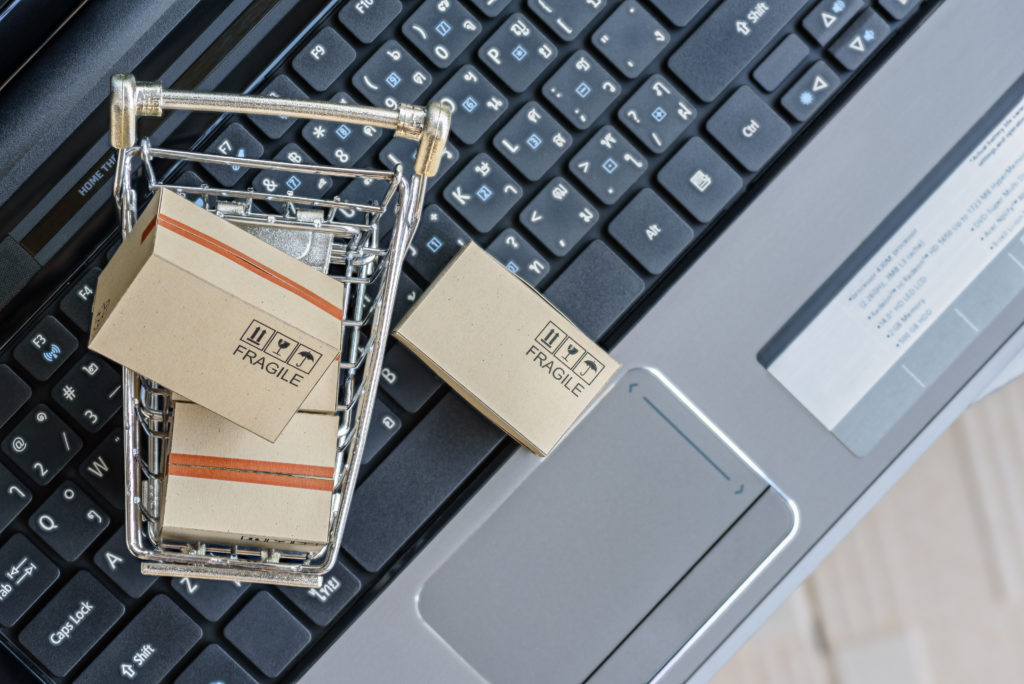Amazon Wardrobe and other online fashion retailers want to make returns a simple and customer-friendly process. So why are returns such a headache for last-mile operators? Marek Różycki, Last Mile Experts, analyzes the topic.
Amazon Wardrobe and offerings by fashion retailers like ASOS and Zalando will become more and more prevalent as e-tailers seek to offer their customers the same convenience as bricks-and-mortar retailers. That’s great news for the customer, but it poses a real last-mile challenge in the form of increased returns.
Returns are also a problem for customers. A recent survey in Australia has shown that an incredible two thirds of customers wouldn’t even bother to return an item under A$50 (US$36) due to the inconvenience of internet returns or having to go back to the store where the item was purchased.
So why are returns such a headache for carriers? On top of all the complexity of last-mile collection, such as the consignee needing to be at home, we have to add the need for the item to be ready, properly packed and any label/code to be attached.
On top of the chance that the (re)sender is not at home when someone comes to collect the return – which can be between 2% and 15% depending upon the market and level of interactive delivery tools available) – there is the need for the item to be suitably checked, packed and labelled.
This can add several minutes to each stop. If couriers are paid by the hour, this is more cost for the carrier. If they are paid per stop, this means couriers are less motivated to accept returns…or will ask for a premium for these types of stops.
Of course, there is the traditional option of drop-off at a post office for returns. This, however, is not so convenient for the customer who needs to bring the item to the nearest drop-off location and wait to be served.
Click-and-collect returns suffer similar disadvantages to the postal option but do remove the need for packaging and labelling.
Better still are pick-up and drop-off (PUDO) or locker returns, where access is likely to be easier (dependent upon the proximity of the network used) and queues will be shorter or even non-existent, especially where lockers are concerned.
There are also some innovative solutions such as the offerings of Correos and Citibox in Spain, Posten Norge in Norway and Poczta Polska in Poland, which enable customers to use ‘normal’ postboxes (actually, they are usually enhanced with some simple smart technology) to make returns from their home address.
While these options will clearly offer the best customer experience as you don’t even need to leave your home to make the return, and can do it at a time that suits you, they still suffer from lack of scale and availability to the vast percentage of the population.
It will be interesting to see how they develop, as the time and effort to develop a coherent network is enormous as it involves address-by-address agreement and installation of suitable post-boxes as well as partnership and integration with carriers that deliver and collect parcels.
So, as you can see, there is no quick fix in this space. My view is that in the short to medium term, PUDO or automatic parcel machine (APM) networks will need to bear the brunt of returns but if a coherent ‘smart postbox’ concept is developed and deployed, this may well be the dream solution for both customers and e-commerce players, alike.
Bio:



 Marek Różycki is managing partner at Last Mile Experts, specializing in CEP and e-commerce last-mile advisory.
Marek Różycki is managing partner at Last Mile Experts, specializing in CEP and e-commerce last-mile advisory.